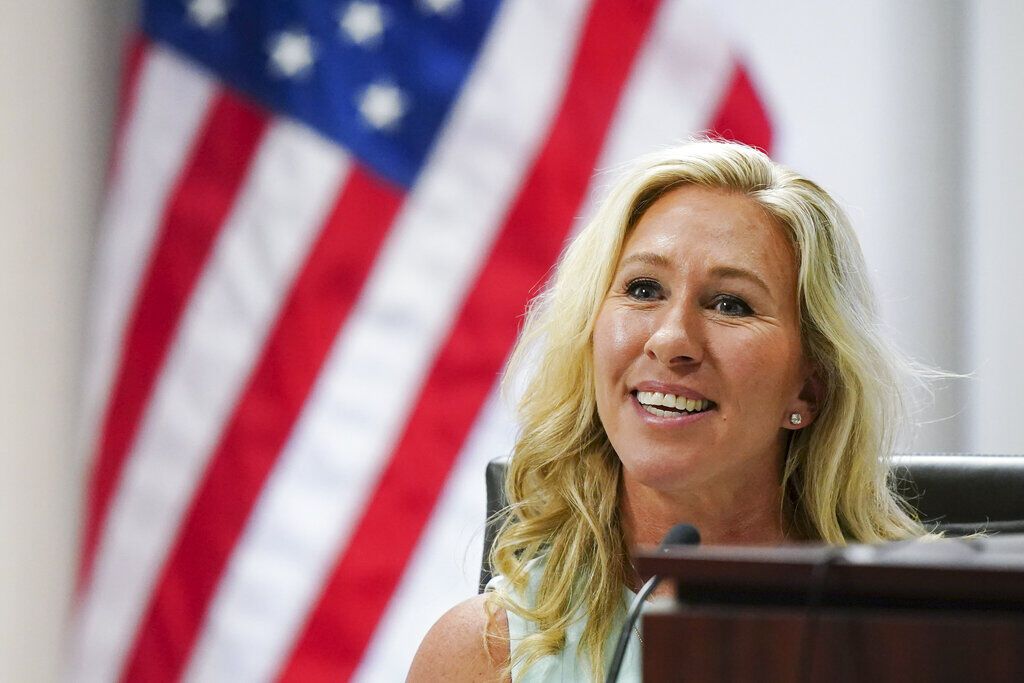Western Slope farmers fear impact of mass deportations and labor market changes
PALISADE • To be a farmer in any era is to live, unsteadily, with constant change.
On rural Colorado’s small family farms one thing is certain: the landscape of agriculture is shifting. And the tenuous balance is in for a new test as promises of mass deportations threaten to wipe out the labor force that small and large operations rely on to survive.

A cooperative of freelance journalists in Colorado.
When Bruce Talbott began farming his family’s orchards in Palisade on the Western Slope, he used a shovel and tarps to irrigate vast acres of Standard Alberta apple trees. Now, it’s sprinkler irrigation and world-famous peaches. Apples were a profitable product — until they weren’t.
“The large growers can supply year-round, but we had to quit apples,” Talbott said. “Our current labor environment favors larger operators. Though we pine for the diversified family farm, the regulations and the labor requirements are causing it to go away.”
And then there’s the difficulty of finding labor. No matter how famous or in demand Palisade Peaches might be, it would be impossible to farm without migrant workers. Farm labor scarcity is reflected in the rising positions requested for H-2A visas for temporary farm workers, from 48,000 in fiscal year 2005 to over 378,000 in 2023.
At Talbott Farms, the skeleton staff of 25 full-time employees is bolstered in February by 50 foreign workers on H-2A visas.
While that may reflect the labor situation in Western Slope orchards and vineyards, the broader national picture is different, according to the U.S. Department of Agriculture and the Department of Labor. In a 2022 report by the two agencies, roughly half of hired crop farmworkers lacked legal immigration status. In 2020-22, according to the report, 32% of crop farmworkers were U.S.-born; 7% were immigrants who had obtained U.S. citizenship; 19% were other authorized immigrants (such as green card holders); and the remaining 42% had no work authorization.
Among those workers, there are widespread concerns about the threat of deportation. In a report from Reuters news service, representatives of four U.S. rural and legal advocacy organizations said they have seen as much as a tenfold increase in interest from immigrant farmworkers in workshops and resources they provide on what to do if confronted by immigration officials and how to ensure their family’s security if they are detained.

Peaches hang on the trees in 2017 at Talbott Mountain Gold, an orchard that has been in the Talbott family since 1906.
The workshops can include role-play confrontations with immigration officials and instructions on how to prepare for potential enforcement, such as filling out forms assigning temporary guardians to their children; assigning an alternate to pick up pay; or giving permission for their children to travel internationally in the event they are deported, Reuters reported.
Farms around Colorado were bolstered last year by implementation of a $50 million grant program to connect farmers with temporary migrant workers, vital in rural areas like the Western Slope.
“They (migrant laborers) are the backbone of fruit and vegetable and dairy production in this country,” U.S. Agriculture Secretary Tom Vilsack said on a June visit to Colorado. “They come here willing to do extraordinarily hard work — work that people do not appreciate and understand.”
Workers, Talbott says, are much more relaxed through the visa program. They know their schedule and where they’ll live, and they don’t have the added stress of illegal border crossings.
“We treat them well, and they treat us well,” Talbott said. “I only have a 2% turnover rate in the field.”
But 35 years ago, Talbott acknowledges, the landscape was vastly different, even in Colorado’s Grand Valley. Crews of migrant workers would drive into town and Child and Migrant Services — now La Plaza — would connect workers with growers who were looking for help.
“Crews would start at the top of the mesa and keep knocking on doors and the first place that needed help — they stayed,” Talbott said. “These families had an incredible network — they knew exactly when the harvests were and, when one was done, they knew exactly where they were going next.”
But the days of the roving crews of migrant workers are over, he said.
“If it weren’t for the H-2A visa,” Talbott said, “we could not continue to farm with what we are doing. It can’t be mechanized.”
Talbott Farms is a large enough operation to be able meet the legal requirements, provision of housing and meals, guaranteed minimum level of work hours, and the steep fees of the H-2A program.
These costs are often prohibitive, with smaller farms unable to meet the strict requirements and large producers opting to look the other way when patently fake Social Security documents are presented upon hiring. And there are simply not enough American workers ready or willing to take farm jobs.
The recent tide of anger directed at people in the country illegally and statements made by incoming Trump administration border czar Tom Homan vowing mass deportation of immigrants is also concerning to area economists.
At Colorado State University, Anita Alves Pena studies immigration and the economic impacts to agriculture from changes in the labor force.
“Anytime we have a labor market we have a demand side and supply side,” Pena says. “When we have a shock to a labor market … it would be negative, because we would be removing workers, and it would take time to reach a new equilibrium. If fewer workers are being employed, there would be upward pressure on wage rates.”
Pena argues that shocks to the labor market from mass deportations, the pressures of tariffs on incoming foodstuffs, the aging of the farmers themselves, and fewer farms being passed down to the next generation, all will contribute to higher prices.
“If we are also saying that we are going to bring down food prices, tariffs and deportations don’t support that,” Pena says. “We have to decide: Are we going to have higher prices, or are we going to keep the workforce the way we have it now? There are a lot of tradeoffs.”
But the promise of mass deportations isn’t something Talbott believes will affect the agriculture industry unduly. Most undocumented agricultural workers have aged out of the system, he says.
“We should return integrity to the border,” Talbott says. “The incoming administration should go after the problem areas and not rural communities. I think Western Slope agriculture will be at the very bottom of their list.”
But the nuances of immigration reform aside, what Talbott says farms across the country need most are legislators, regulators and government agencies who understand the challenges and unleveled playing field small businesses face today, geared toward the biggest players.
“Local agriculture is the foundation of the economies of many of our rural and semi-rural communities in Colorado,” Talbott says. “If legislation coming from Denver is hostile to agriculture, these communities are more likely to decline, whereas if legislation is benevolent, it will give local communities the opportunity to thrive and be vibrant.”
For established large farms to thrive is one thing, Talbott says, but in the current market climate, it’s nearly impossible for small farms to stay in business, and that’s down to several disparate factors.
It starts with the buyers. Thirty years ago, farmers had close relationships with grocers; the buyers were aware of when and where to buy the best products.
“It used to be there was a lot of loyalty,” Talbott says. “Today, it’s a computer order that shows up and you don’t talk to anybody. You approve the order. The truck shows up. You load it up.”
It’s easy for Bruce Talbott and his brothers to presell most of their peach crop, which commands the highest average price in the United States, but they are an outlier on the Western Slope. Grocers buy food products wherever they can get the best price, even if there’s a local grower with the same product for sale.
“If people want to eat local, if they want to support local businesses, then they are the ones who have to drive that conversation,” Talbott says. “The grocery stores will follow if the public demands it.”










